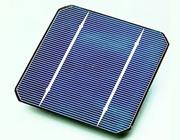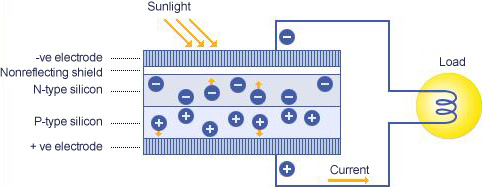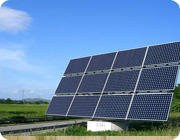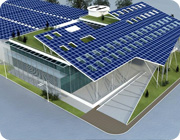ENERGY
Solar Photovoltaic

Photovoltaic is a method of generating electrical power by converting solar radiation into direct current electricity using semiconductors that exhibit the photovoltaic effect. Sometimes photovoltaic cells are called PV cells or solar cells for short.
Electricity is produced when sunlight strikes the solar cell, causing the electrons to move around. The action of the electrons starts an electric current. The conversion of sunlight into electricity takes place silently and instantly. There are no moving part and can therefore operate for a very long period without wearing out. The simplest photovoltaic cells power watches and calculators, while more complex PV systems can light houses and provide power to the electrical grid.
Photovoltaic effect



PV cells make sense formany uses today, such as providing power in remote areas or other areas where electricity is difficult to provide. PV modules are also used on or integrated into roofs and building facades, or they are used as part of a window, skylight or shading device. This is often referred to as building-integrated photovoltaic (BIPV).